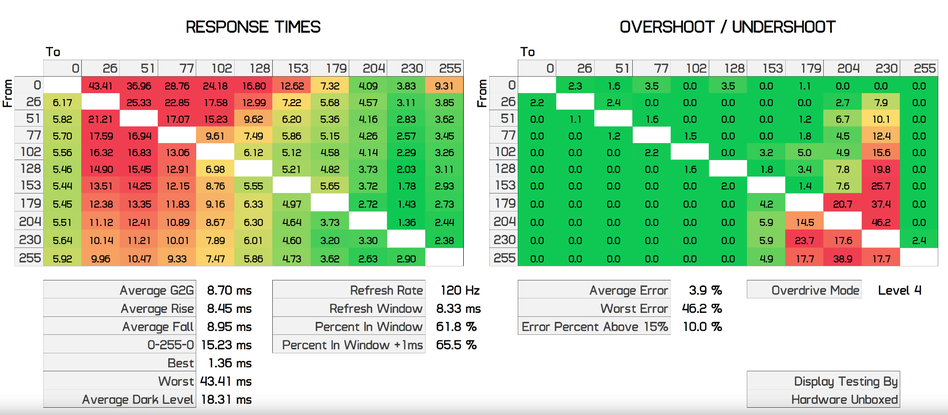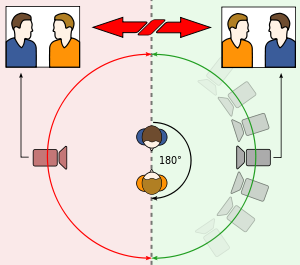sigh...I'm fairly confident Nvidia will skip HDMI 2.1 next generation or drag it out as long as humanly possible. It's DIRECT competition to their G-Sync ecosystem.
That argument made sense before NVidia started supporting AMD Freesync monitors. But now that ship has sailed. Since they have more lock in now anyway, they may as well be the first to support the HDMI 2.1 standard.
![[H]ard|Forum](/styles/hardforum/xenforo/logo_dark.png)







